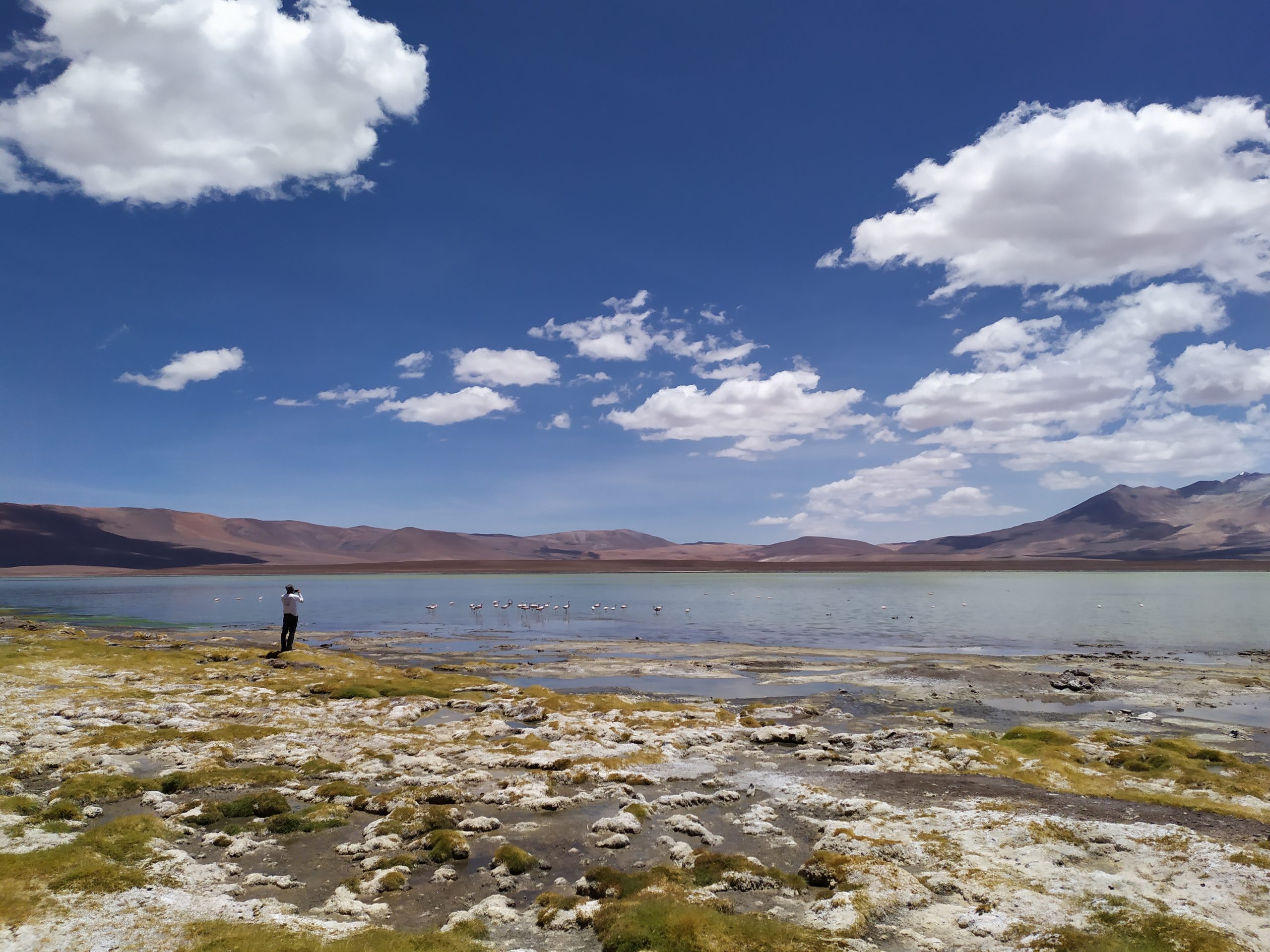Autores Ckelar: Manuel Inostroza, Yazmín Godoy y Felipe Aguilera.
Otros autores: María Donoso-Peña, Franco Tassi, Francesco Capecchiacci y Andrea Luca Rizzo.
Revista científica: Journal of Volcanology and Geothermal Research
Abstract
This work presents the chemical and isotopic (δ18O–H2O and δD–H2O) composition of five thermal areas from the Atacama region (northern Chile), namely Laguna Verde, Juncalito, Termas de Rio Negro, Panteón de Aliste, and Salar de Piedra Parada. The chemical and isotopic (3He, 4He, δ13C–CO2, and δ13C–CH4) composition of gases bubbling from Juncalito is also reported. This work aims to (i) constrain the origin and physicochemical processes controlling the chemical and isotopic composition of bubbling gases and (ii) estimate the equilibrium temperatures of hydrothermal reservoirs. The thermal springs are fed by meteoric waters whose chemistry, during the underground circulation, is mainly controlled by water-rock interaction involving volcanic rocks and volcano-sedimentary sequences. Notable Li, B, and As enrichments are recognized, likely related to the leaching of hydrothermally altered andesitic to rhyolitic rocks and the presence of sedimentary sequences, distinctly below the Claudio Gay Cordillera. The 3He/4He ratios (∼1.4–1.5 Ra), within the range of the typical values for low-temperature hydrothermal gases from the Central Volcanic Zone, likely represent a mixture of an atmospheric endmember mixed with a differentiated cooling magma residing within the crust for a long time. The δ13C-CO2 values suggest a dominant crustal CO2 source with a minor (1 %) mantle contribution. Chalcedony geothermometer provides reservoir temperatures up to 91 and 88 °C in Termas de Rio Negro and Laguna Verde, respectively. Further geophysical and geostructural investigations are recommended to constrain the source of heat in the Laguna Verde area, especially considering the presence of the quiescently degassing Ojos del Salado volcano.
Full paper here.

